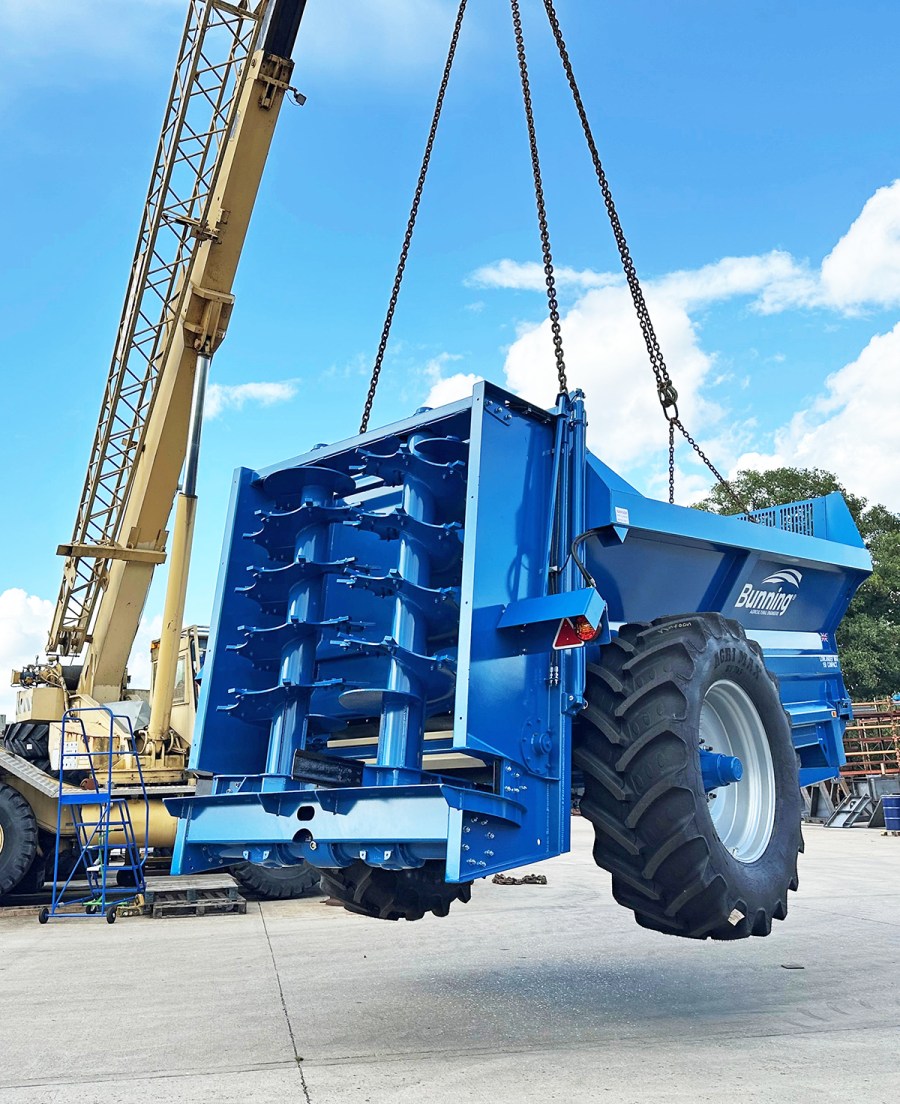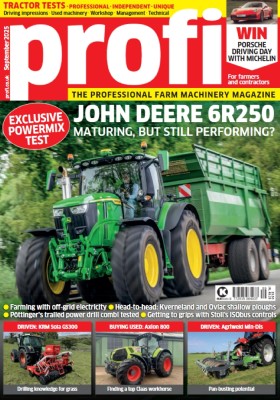The Norfolk-based firm currently produces around 400 Lowlander muck spreaders a year. We’ve been to Gressenhall to see how they are made.
KEEPING IT BRIEF
- Bunning celebrates its 120th anniversary in 2026
- Next year also marks the 40th anniversary of the first Bunning manure spreader in 1986
- The company is in the top three of the roughly 25 different brands of manure spreaders available in the UK
- The Gressenhall plant makes five different ranges: the Farmstar (6.0-8.0m³), and four Lowlanders: Mk4 (9.0-21m³), HD Mk2 (17 and 23m³), Widebody (13 to 40m³) and HBD (14 to 40m³).
- Over 1,000 parts are needed to make a new spreader, and it takes around two weeks to build one
- The company sells its spreaders in 18 different countries, and 2024 turnover was £21.3m
Up until the mid-90s, the Norfolk manufacturer made trailers and muck spreaders. It was then that spreader sales really took off and by the end of the decade spreader production exceeded trailer numbers. This growth continued over the next 15 years, and in 2010, when spreaders accounted for 95% of output, the decision was taken to pull out of the trailer business.
One thing that has not changed over the years is the location, bang in the centre of Gressenhall village, where the modest entrance to the yard reveals a mixture of buildings from the 70s, 80s, 90s and 2000s. The former 2.0ha (5-acre) footprint increased to 4.0ha (7.5 acres) in 2017 when a new 6,840m² fabrication building and paint shop were built to keep pace with demand. Commissioned in late 2019, part of the £6m-costing factory upgrade included a new shot blasting booth.
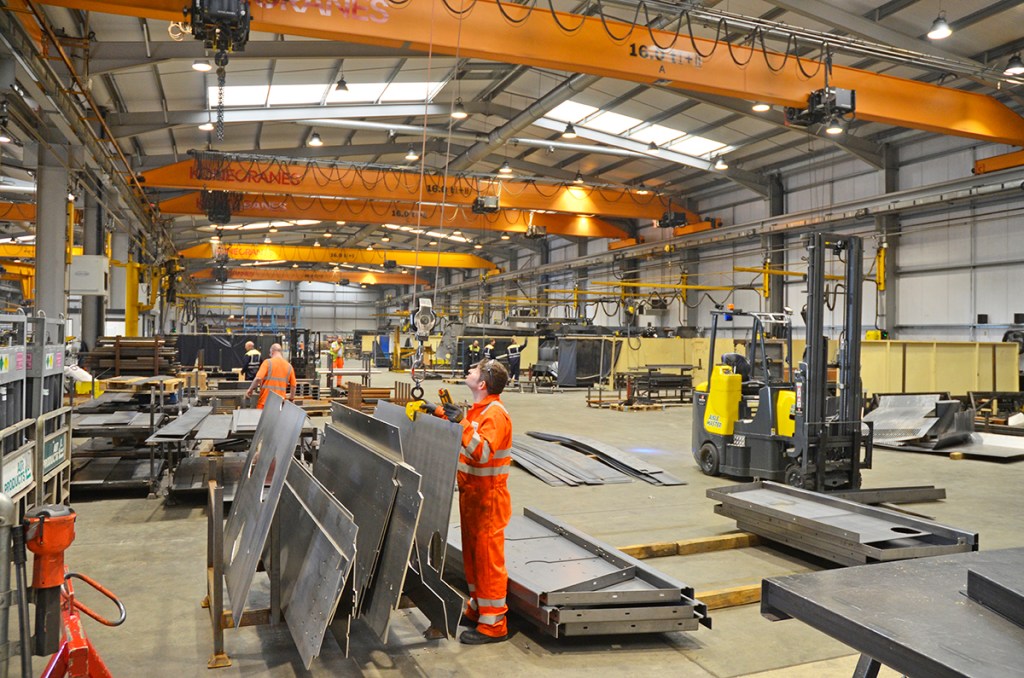
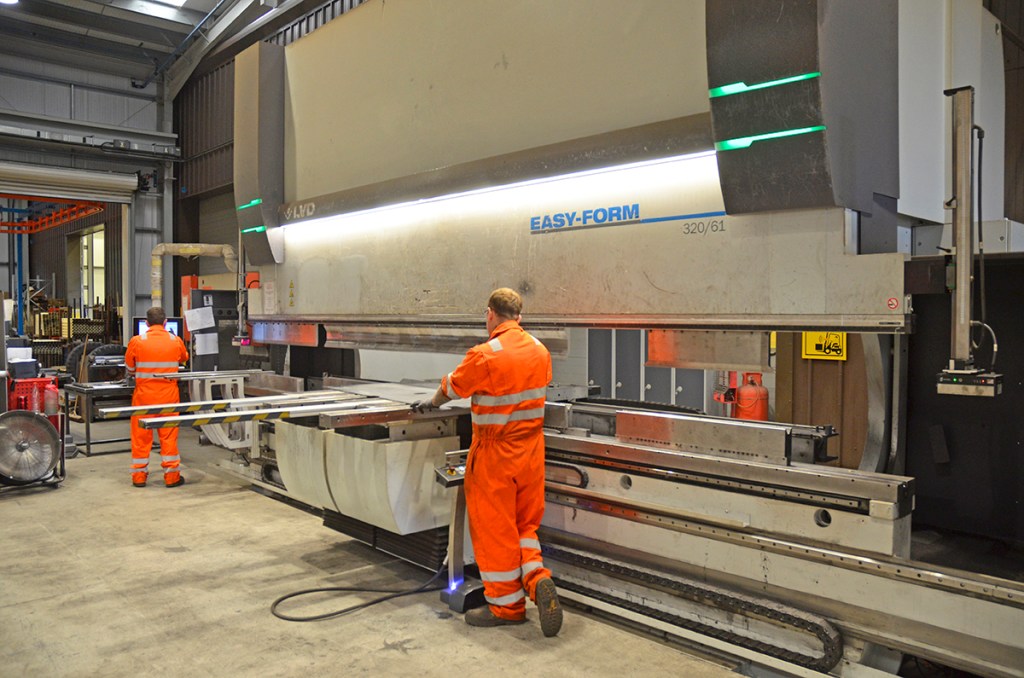
It is three years since the last spreader was built in the former assembly building, which has now been refurbished to make slurry doors, suspension systems, drawbar sub-assemblies and spinning decks, freeing up space in the main assembly hall to build more spreaders.

Shopping list
Bought in components include gearboxes (Berma), pto shafts (Waltersheid), wheels, axles (ADR) and sprung suspension systems. But Bunning does fabricate all of the other parts needed to make a spreader, including the important ones of the chassis, body, floor and slats, slurry door, shafts, drawbar, side extensions, augers and some sprockets.
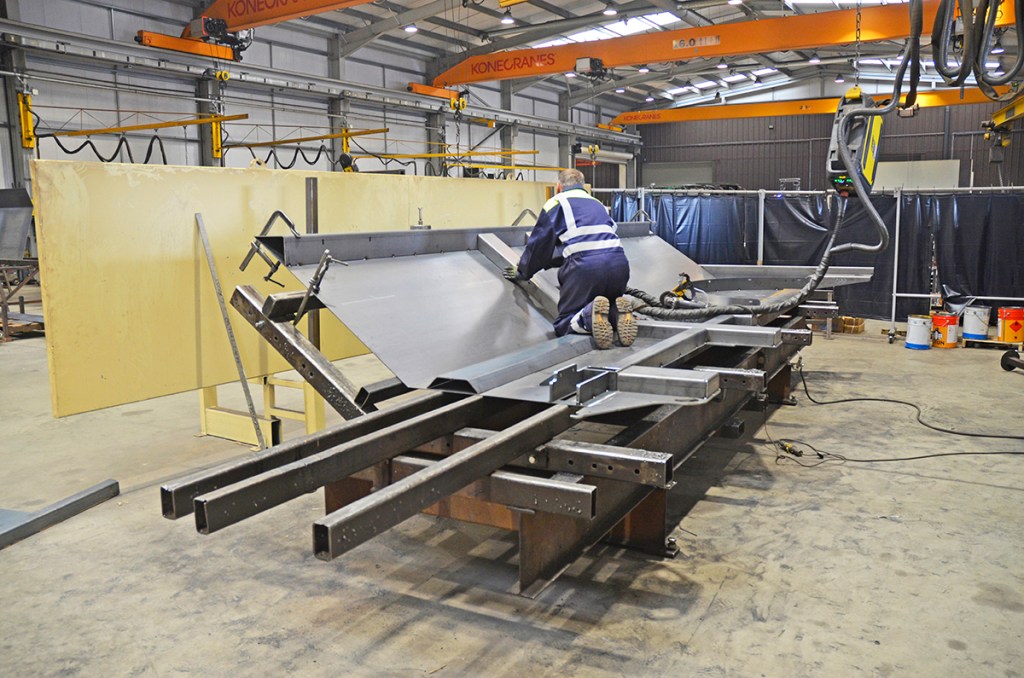
The process of making a spreader begins with sheets (thickness from 3.0 to 25mm) of raw steel cut into the required lengths and shapes by a 12kW laser, which when it arrived in 2020 left the company with no change from £900,000.
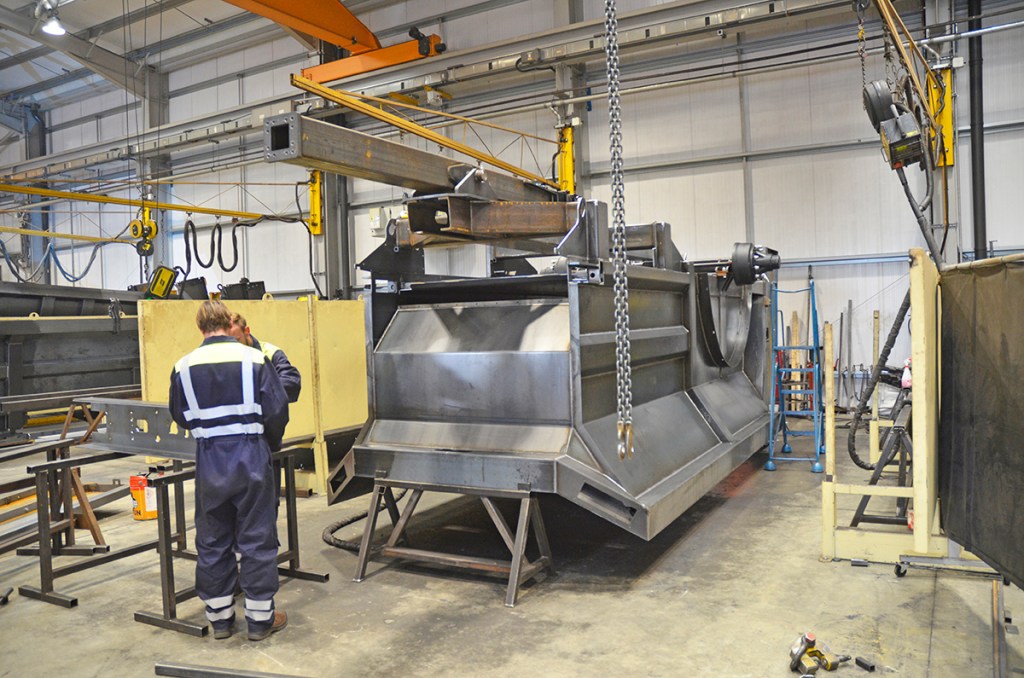
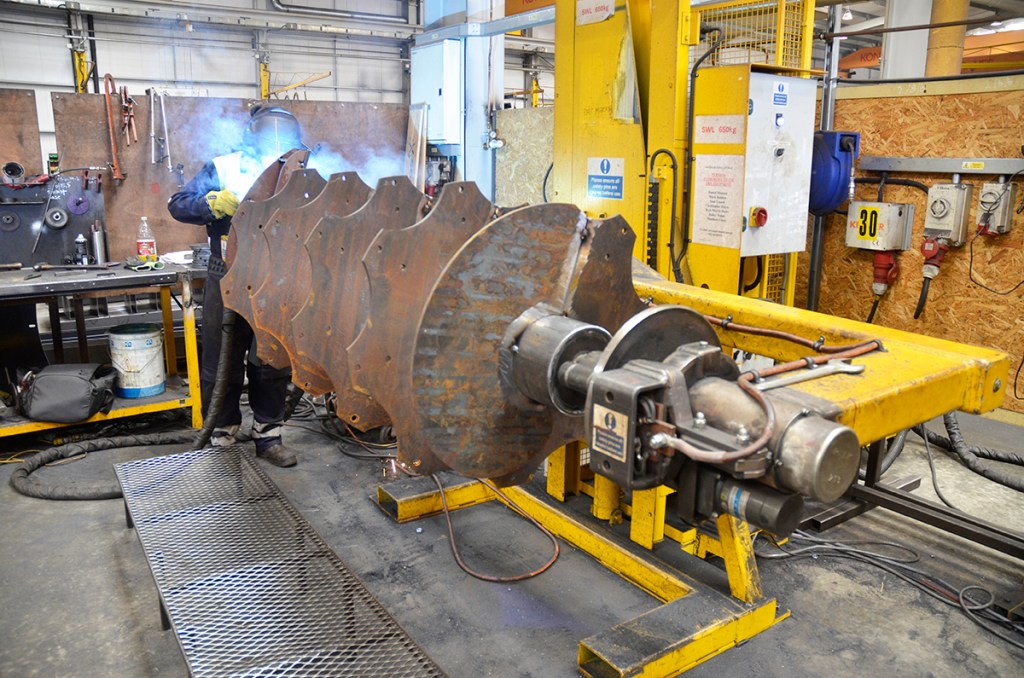
When all the parts are cut and cleaned, there are three processes to prepare a machine for painting. “The first is to make the body sides,” says sales director, Chris Druce. “When this is done, the first build occurs where the sides are stood up and the front is added. The final stage is to add the floor chains, shafts and any options.”
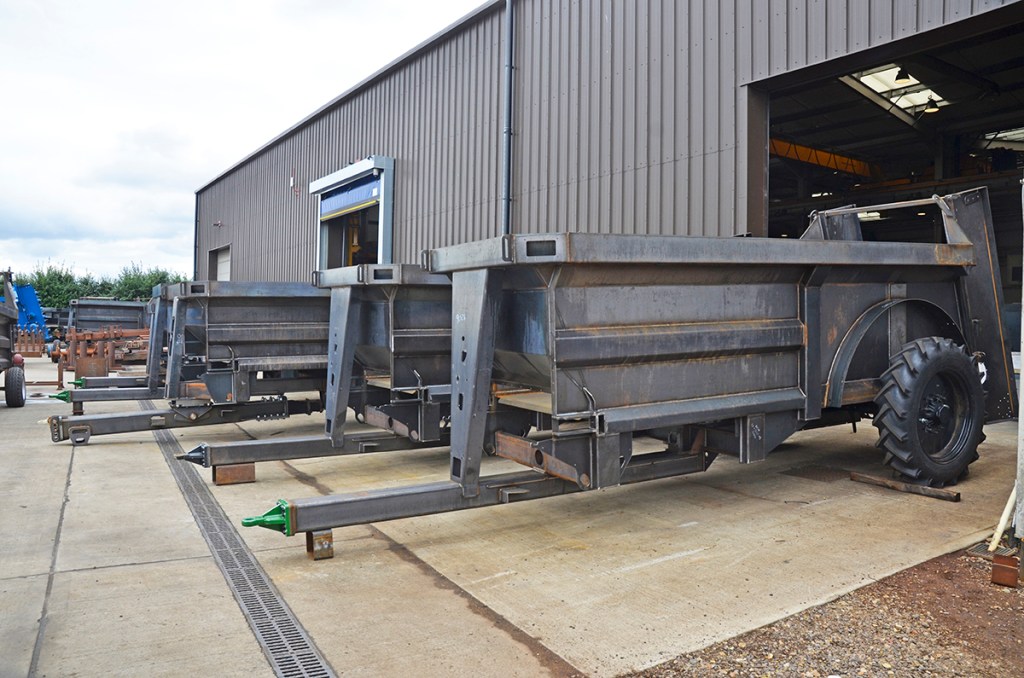
The business end
To my mind, one of the most interesting stages is making the vertical and horizontal beaters and augers. With the exception of auger flights (made in Sheffield) and nuts and bolts, the rest is all made in house. Steel tube bought in 12m lengths is cut to size and they can make three at a time.
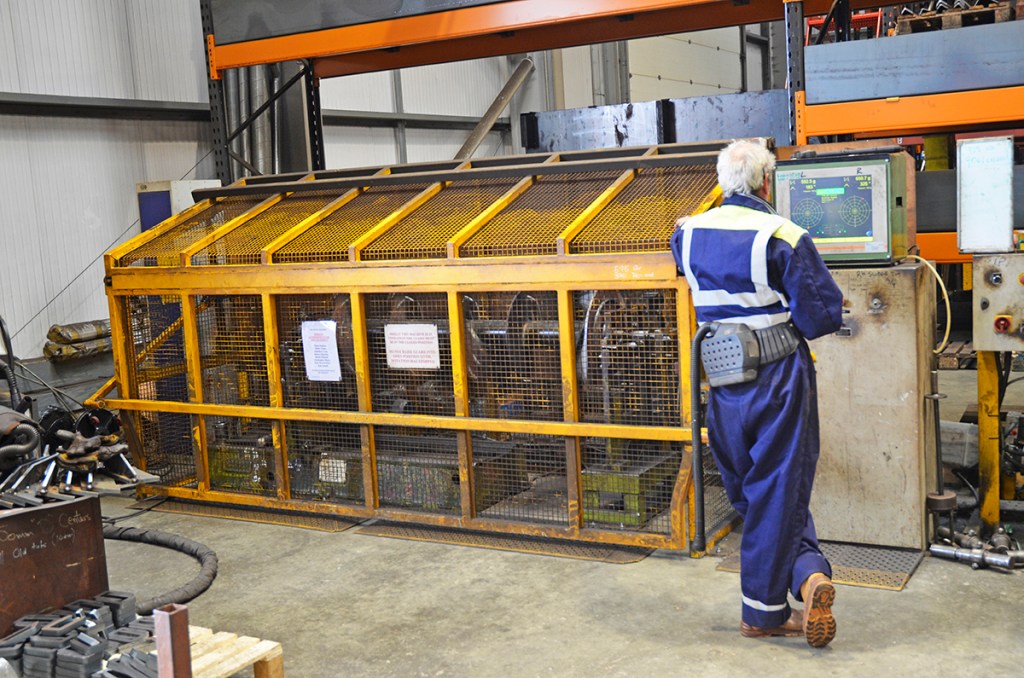
Augers and beaters for all spreaders are individually balanced. The process is similar to that of a car tyre or hedge cutter rotor. Placed in a cradle with floor mounted sensor pads detecting any imbalance when it is spinning, a readout details which end of the auger or beater is out of balance and where additional weight needs to be welded.
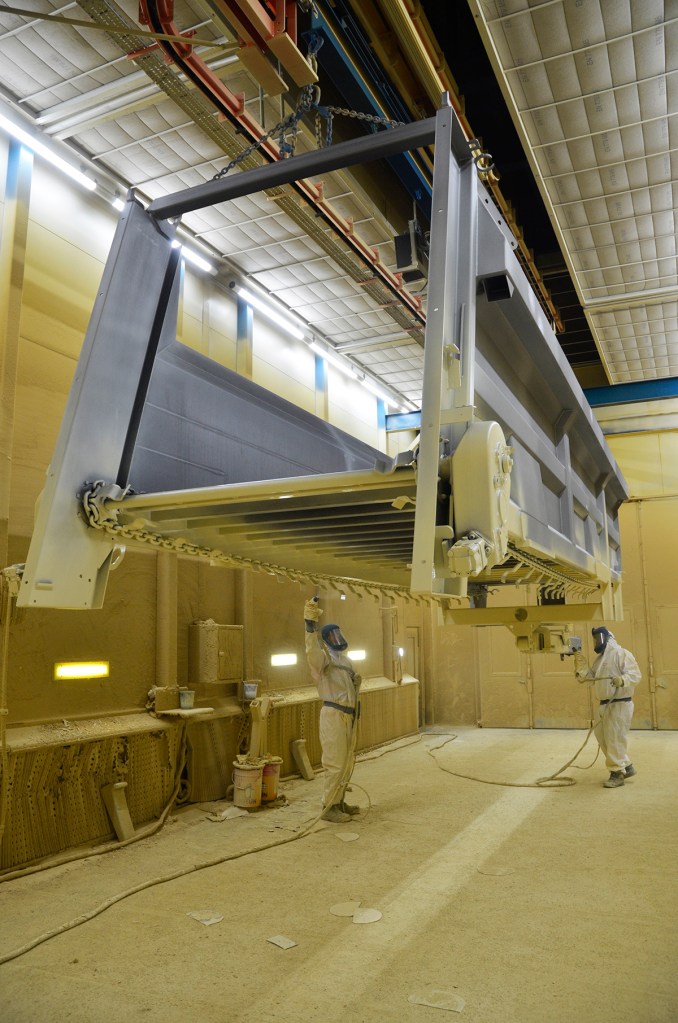
When added to a machine, the base body is then ready for shot-blasting, followed by priming and top coat. Taking 45 to 60 minutes, the two-part priming process sees a chemical hardener cure the paint and heating the oven to 75-85˚C speeds up the process. The top coat is applied in a similar process in the second booth.
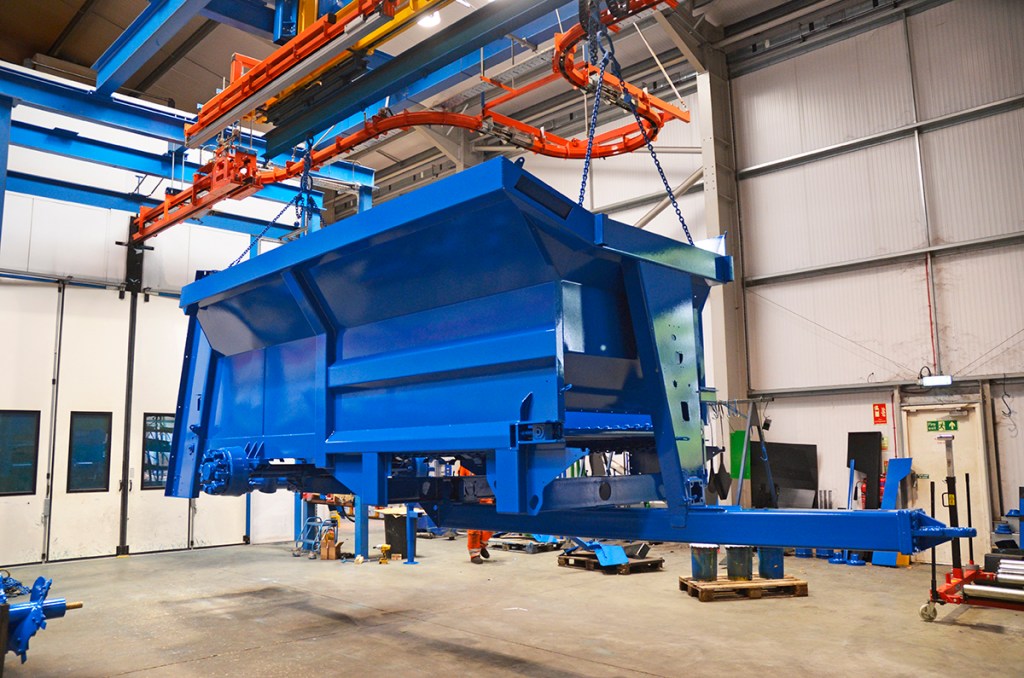
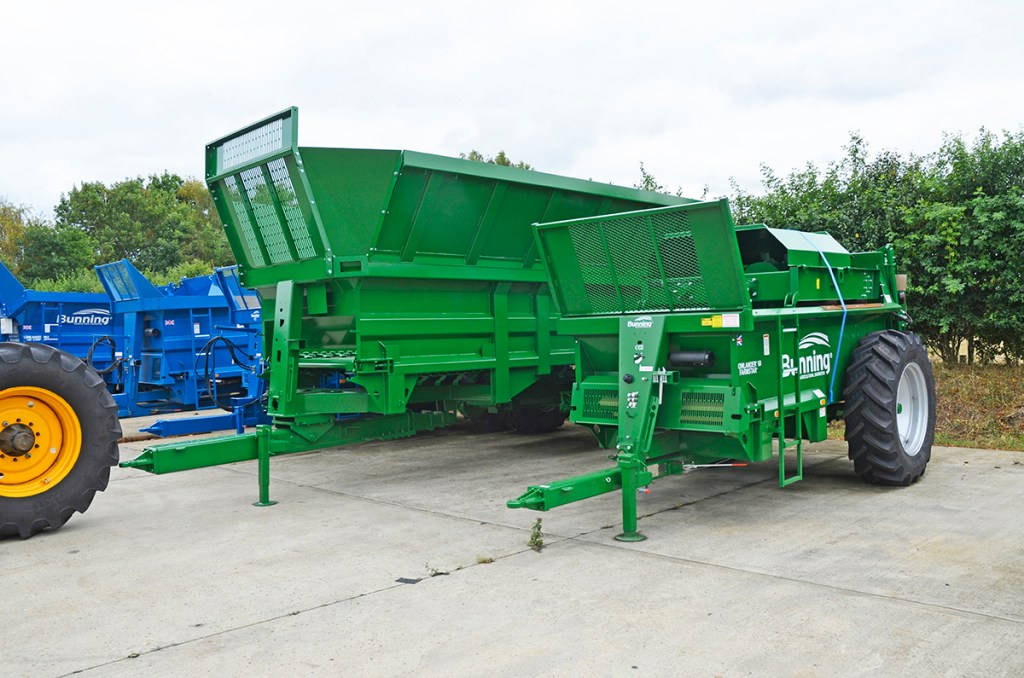
The more efficient £1.3m paint line removes bottlenecks between shot blasting, prep and painting, after which the partially built spreaders are towed into the main assembly building for finishing. Blue is not the only colour and we saw spreaders finished in green, black and yellow.
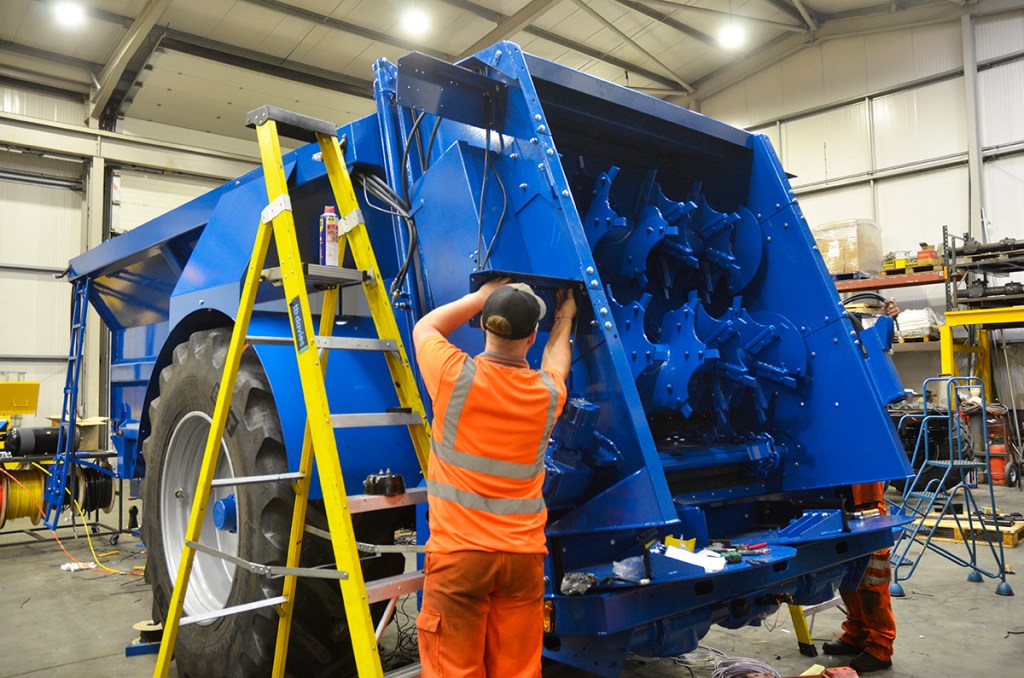
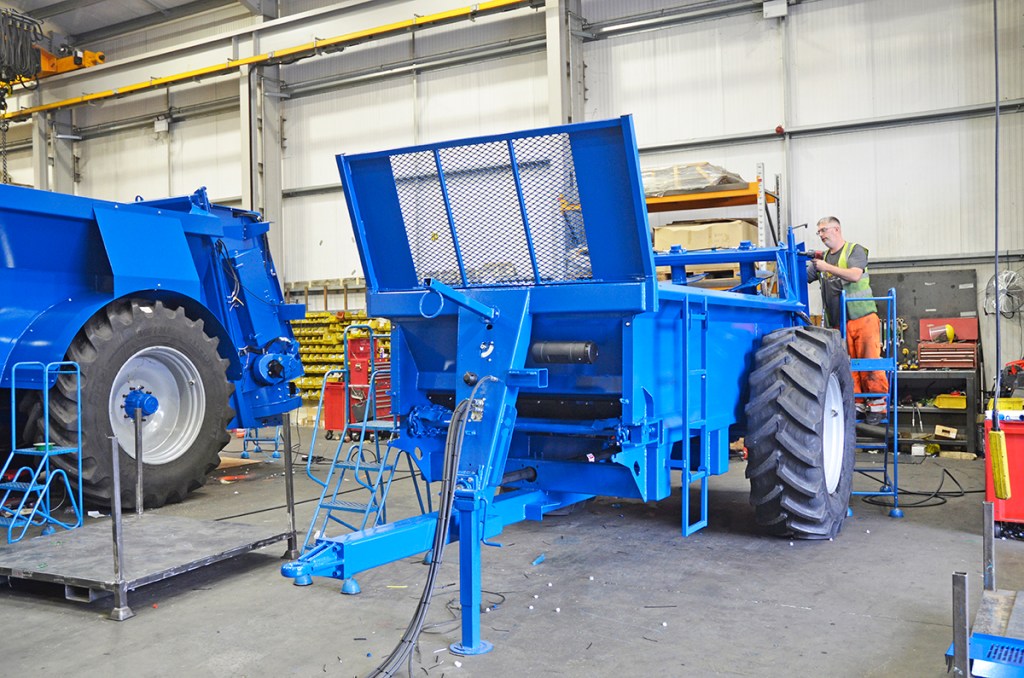
The latter is for Vermeer, which sells spreaders for North America and Canada through its dealer network. Most of the machines are made at Gressenhall, but Bunning has designed a bespoke range of its twin vertical auger Farmstar machines that can be easily loaded by a skid steer. Built under licence by Vermeer at its Griswold plant in Iowa, these are finished in yellow Vermeer paint with a Bunning logo.
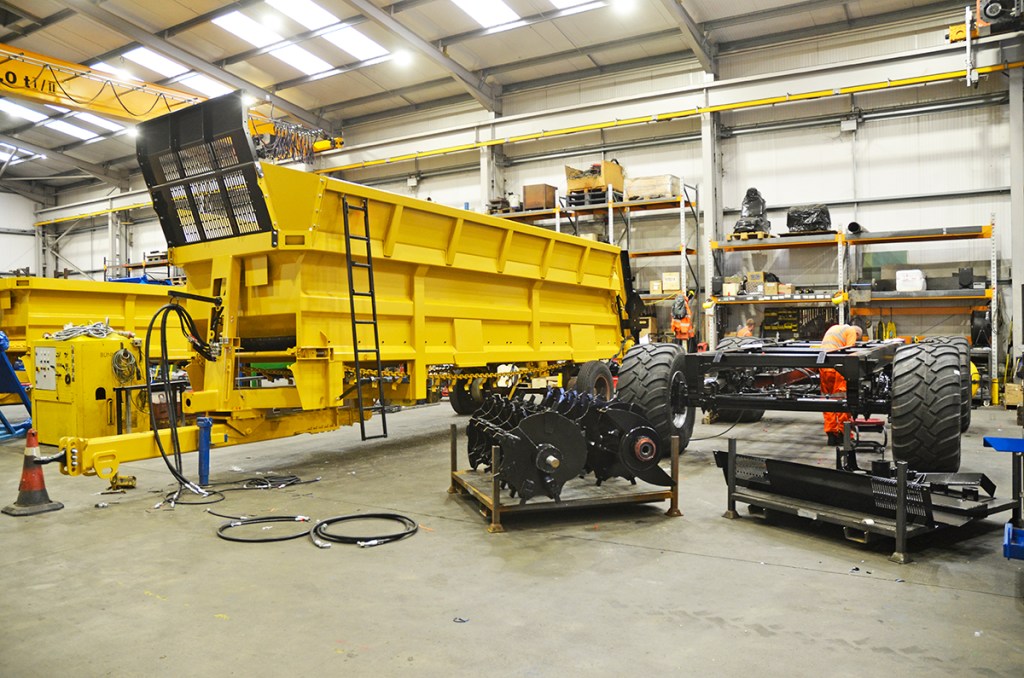

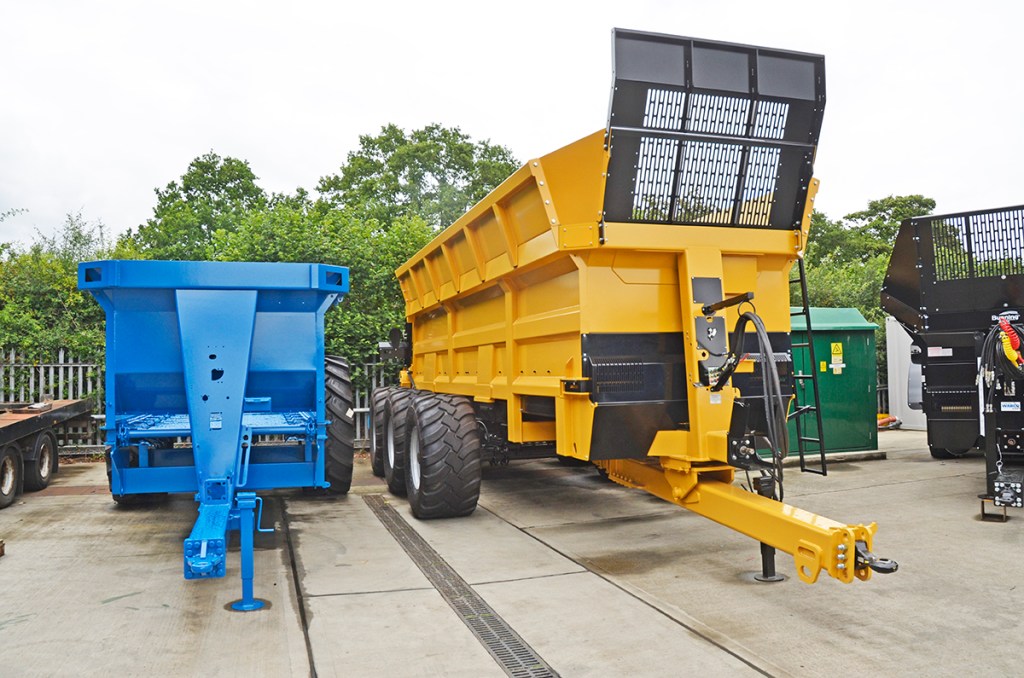
Main markets
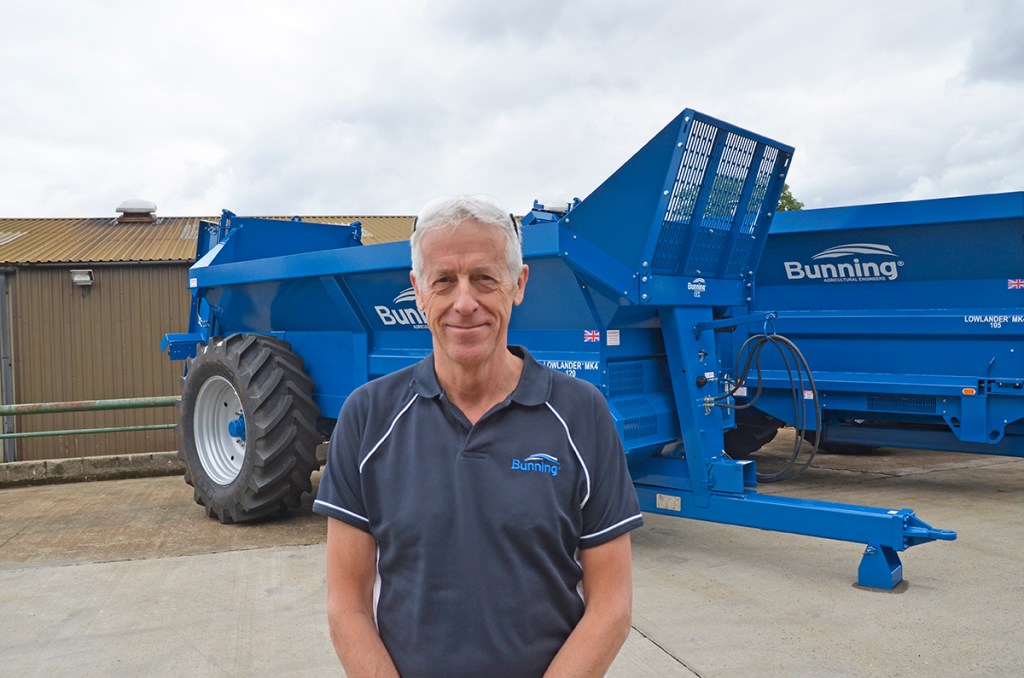
“The demand for our spreaders is strong,” says Chris, and especially from the home market, where an increasing number of farms are looking to swap artificial fertilisers for farmyard manure.
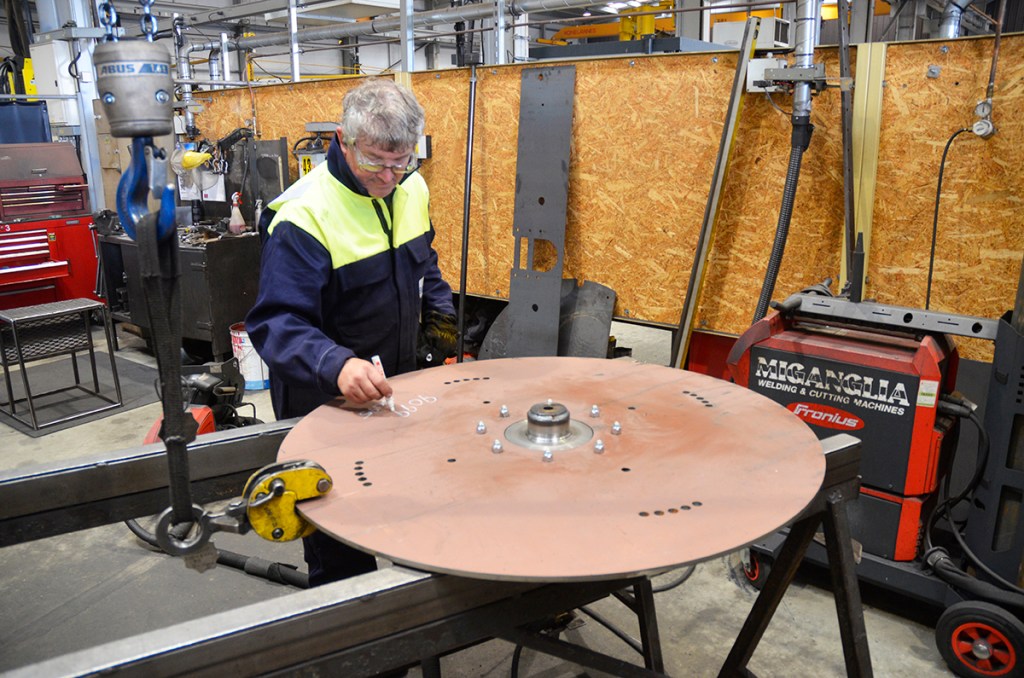
Homes for nearly two-thirds of the manure spreaders made at Gressenhall are found in the UK and Ireland though a dealer network that covers all areas. “Generally, smaller machines tend to remain in the UK and the most popular model is the single axle 120 MK4 (12m³ fourth generation).”
The Norfolk manufacturer has importers in Australia, New Zealand, Japan, North America, Canada, South Africa and Korea. In Europe, it enjoys buoyant sales in both Scandinavia and in the mature high-tech market of the Netherlands.
However, you will not find new Bunning spreaders in any other European country. “We are really busy supplying the main markets and do not have the capacity to take on a new European market.”
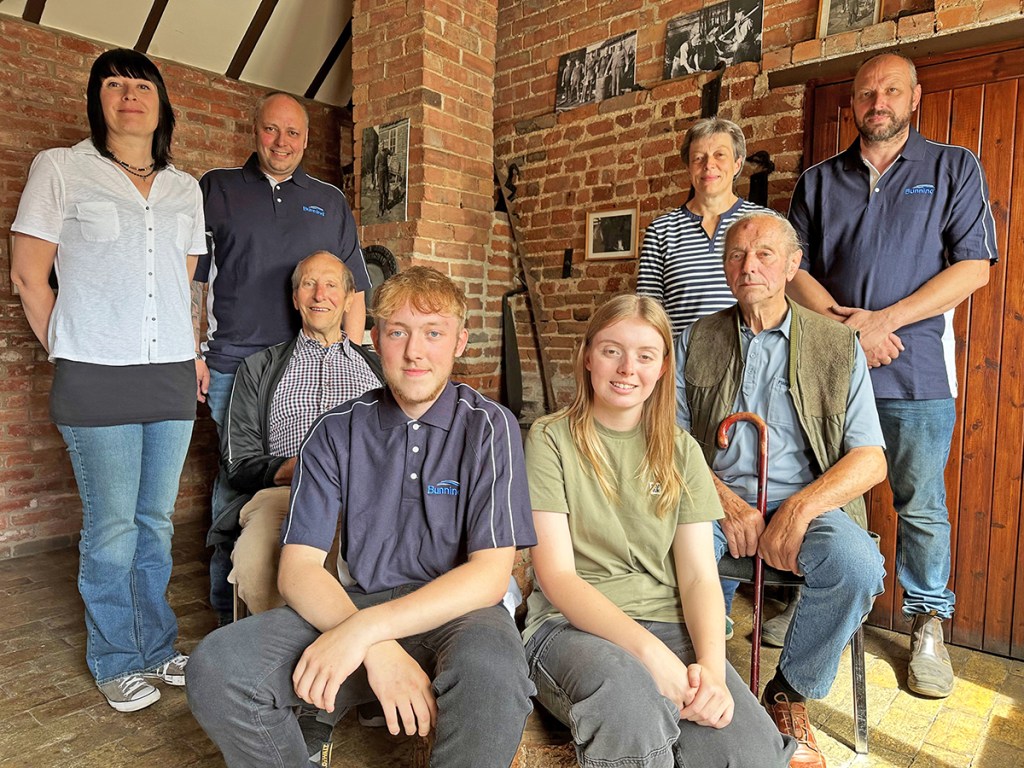
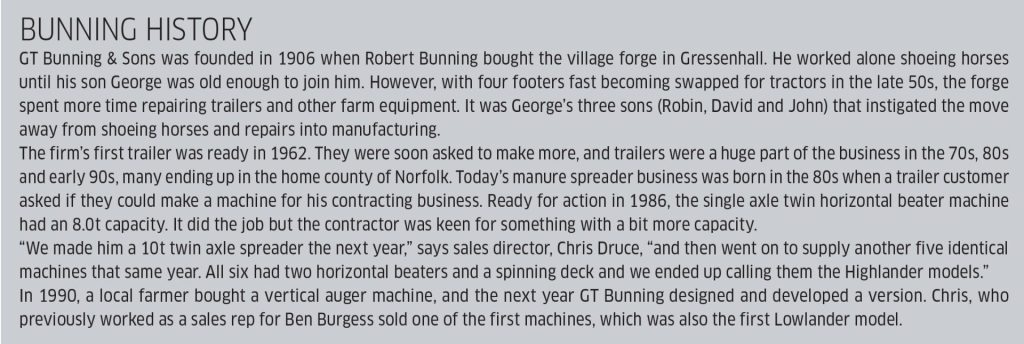
For more up-to-date farming news click here and subscribe now to profi and save.

